Trees Birds Mammals Fish Amphibians Reptiles
Wild Algarve
Bookshop
Tubaria furfuracea (Pers.) Gillet - Scurfy Twiglet
Phylum: Basidiomycota - Class: Agaricomycetes - Order: Agaricales - Family: Inocybaceae
Distribution - Taxonomic History - Etymology - Identification - Culinary Notes - Reference Sources
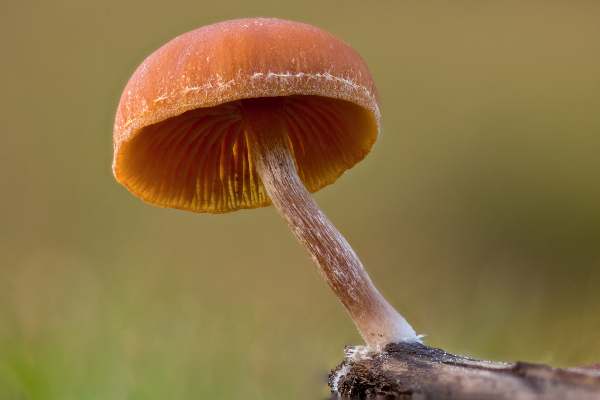
This hazel-brown little toadstool is hygrophanous and becomes more ochraceous as it dries out. What helps to differentiate it from several similar Tubaria species is its scurfy (finely scaly) cap surface and the cottony white mycelium at its stem base.
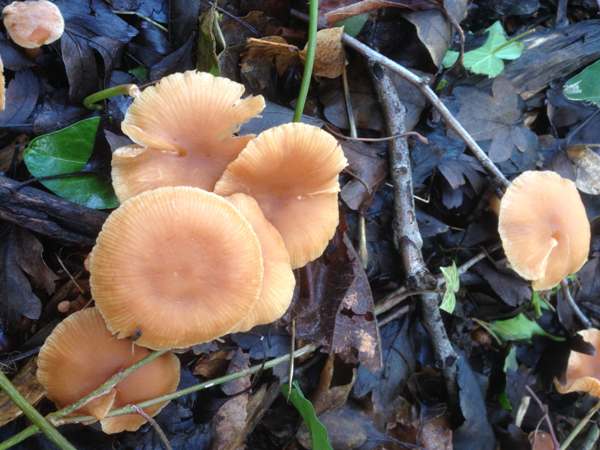
Distribution
Tubaria furfuracea is common and widespread throughout Britain and Ireland. The Scurfy Twiglet occurs also in most parts of mainland Europe. This little mushroom is also very common in North America.
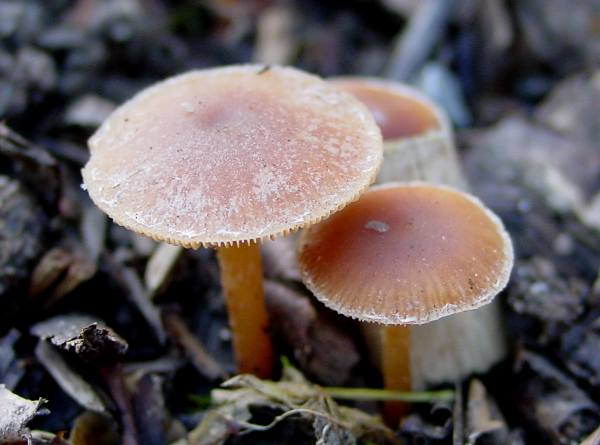
Taxonomic history
In 1801 Christiaan Hendrik Persoon described this little mushroom and gave it the scientific name Agaricus furfuraceus (at a time when gilled fungi were generally placed into the genus Agaricus, since largely redistributed across many other newer genera).
It was French mycologist Claude-Casimir Gillet who, in 1876, transferred this species to its present genus, thereby establishing its currently-accepted scientific name as Tubaria furfuracea.
Synonyms of Tubaria furfuracea include Agaricus furfuraceus Pers., and Naucoria furfuracea (Pers.) P. Kumm.
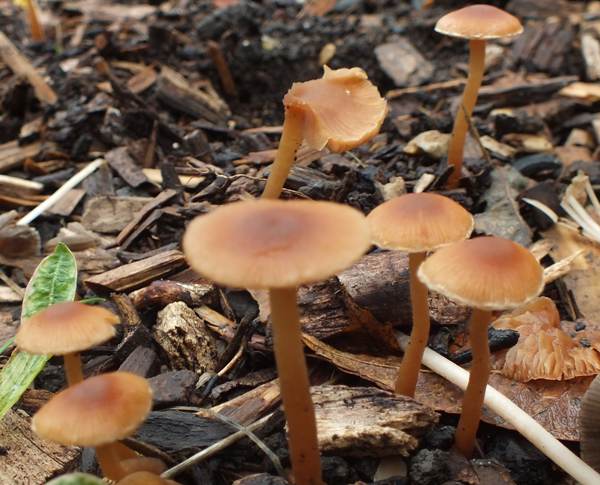
Etymology
Tubaria is a small genus of about 20 species worldwide. The genus name may refer to a pipeline or connection.
The specific epithet furfuracea is derived from Latin and means 'tending to be bran-like' (scurfy or finely scaly).
Identification guide
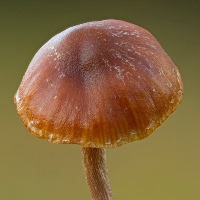 |
Cap
The cap, initially convex and then flattened or slightly depressed, 1 - 4m in diameter, has a finely striate margin often fringed with veil fragments. The surface of young caps is minutely hairy and hazel brown, turning creamy ochre with age or in prolonged dry weather; flesh thin, fragile, pale buff; odor fungal, taste mild. |
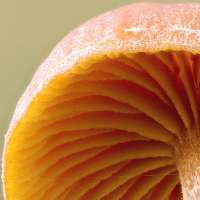 |
Gills
The fairly distant gills, much the same colour as the cap, are adnate or slightly decurrent.
Stem
Hollow, fibrous, cylindrical, 2-5cm long and 2-7mm in diameter; faint ring zone; colour similar to cap; downy white mycelium at stem base. |
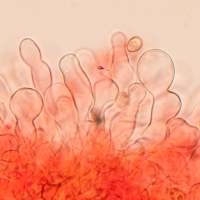 |
Cystidia
Cheilocystidia (on gill edges) are narrowly cylindrical to clavate and up to 40µm long.
|
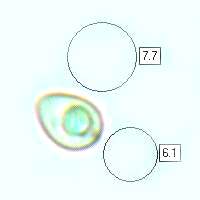 |
Spores
Ellipsoidal, smooth, 6.5-10 x 4.5-6.5µm.
Spore print
Pale rusty brown.
|
Odour/taste |
Odour slightly mushroomy; taste mild, faintly of radish. |
Habitat & Ecological role |
Usually trooping, sometimes tufted, on twigs and other woody debris; also on wood chip used as a mulch in parks and gardens. |
Season |
Spring to autumn in Britain and Ireland. |
Similar species |
Tubaria dispersa has a smoother, paler cap and is always associated with Hawthorn trees and bushes. |
Culinary Notes
This little mushroom is generally considered inedible.
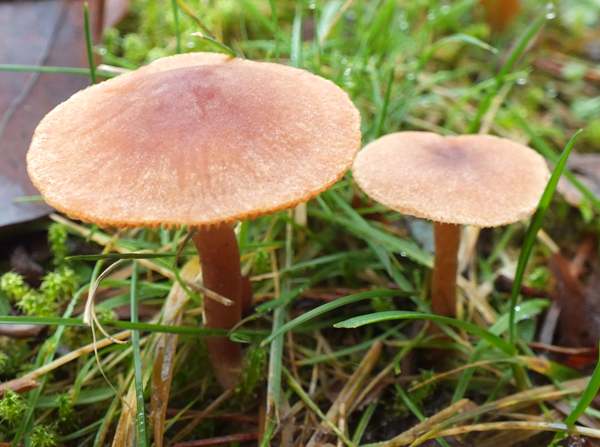
Reference Sources
BMS List of English Names for Fungi
Dictionary of the Fungi; Paul M. Kirk, Paul F. Cannon, David W. Minter and J. A. Stalpers; CABI, 2008
Taxonomic history and synonym information on these pages is drawn from many sources but in particular from the British Mycological Society's GB Checklist of Fungi.
Acknowledgements
This page includes pictures kindly contributed by David Kelly and Simon Harding,
Top of page...
Fascinated by Fungi. Back by popular demand, Pat O'Reilly's best-selling 450-page hardback book is available now. The latest second edition was republished with a sparkling new cover design in September 2022 by Coch-y-Bonddu Books. Full details and copies are available from the publisher's online bookshop...